After becoming tired of how prohibitively expensive audio control surfaces like the Mackie HUI and Avid's Artist Mix are, I decided to build one of my own. However, I'm still very noobish when it comes to making electronics, so I decided to start small by making a device that can handle transport controls (play/pause, stop, ff, rew, rec), scrubbing, a few keys for software specific tools, and a screen to provide a built in interface for switching configurations to suit popular DAW and DVW softwares. It'll work as a Midi device, which would make it more universally compatible making it less work to add support for other DAWs and DVWs.
The idea is that, in the end, it will be daisy-chainable with other modules (track faders, timecode readers, etc) that I'll build as I learn more.
UPDATE: The project is in a stable and useable state, but there is still a bug I've not worked out yet and features I've yet to implement. See the build log for details.
 Victor Frost
Victor Frost
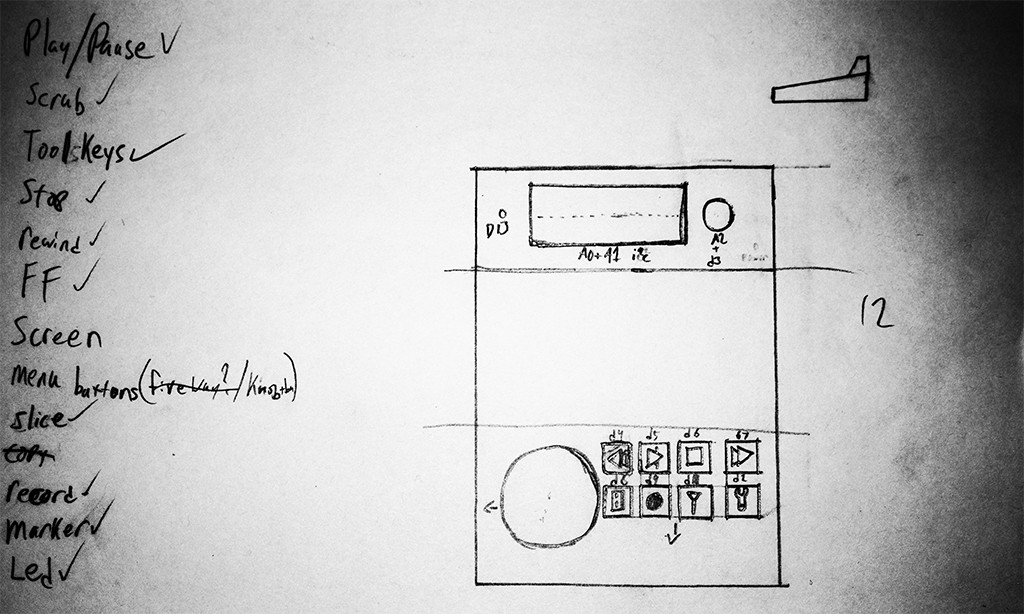
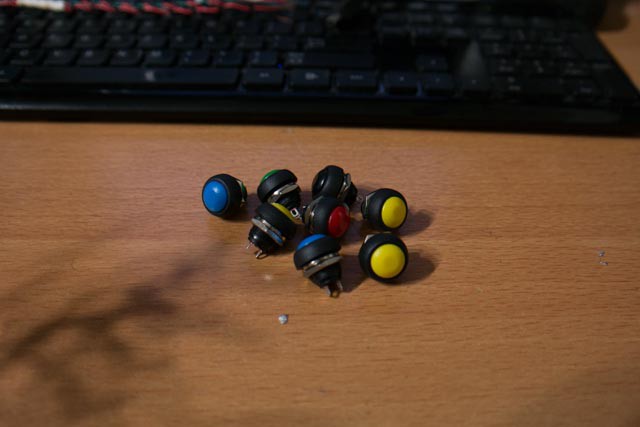


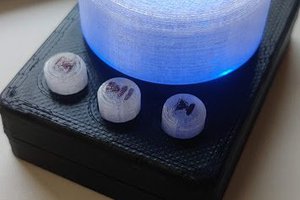
 Colin Russell-Conway
Colin Russell-Conway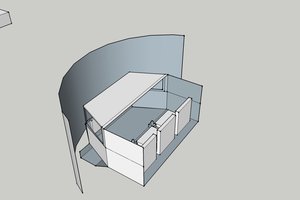
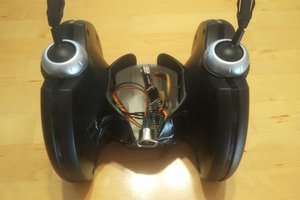
 Edwin Meijne
Edwin Meijne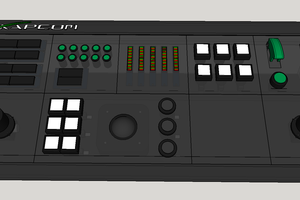
 lawnmowerlatte
lawnmowerlatte
Hi, where is the link for GitHub?